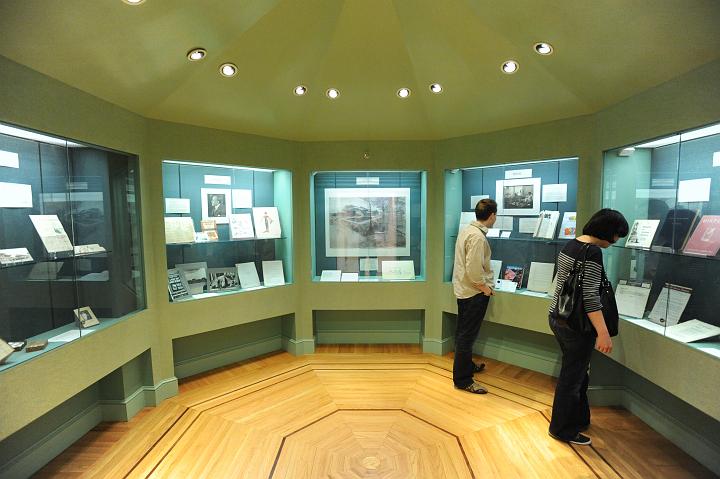Search Results
1 result
2 results
American Antiquarian Society, 1974 1 folders Box 14
American Antiquarian Society membership certificate, 1974 1 folders Box 6
2 results
American Antiquarian Society , 1923-1936 Box iii.a 9, Folder 19
American Antiquarian Society, 1973-1977 Box iii.a 392, Folder 12
1 result
1 result
1 result
American Antiquarian Society Poster by HIDY, Lance, 1987 Mapcase 14-g-11
1 result
2 results
No additional results
